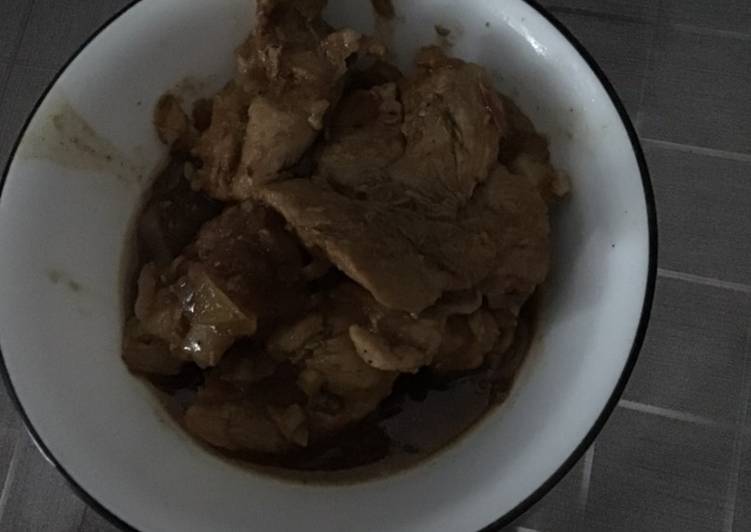Recipe of Tasty Water Lily flower Pakora
- By Ricky Simon
- 03 May, 2020

Water Lily flower Pakora Recipe. How to prepare it? What are the ingredients? Cooking tips and more… It is one of my favourite food recipe, this time i will make it a little bit tasty.
Nymphaeaceae /ˌnɪmfiːˈeɪsiː/ is a family of flowering plants, commonly called water lilies. They live as rhizomatous aquatic herbs in temperate and tropical climates around the world.
Here is the best “Water Lily flower Pakora” recipe we have found so far. This is gonna really delicious.
Ingredients of Water Lily flower Pakora
- Make ready 10 of water Lily flower.
- Take 1 cup of gram flour.
- You need 1/2 tsp of cornflour.
- Make ready 1/4 tsp of salt.
- Prepare 1/4 tsp of turmeric powder.
- Make ready As per taste of Salt.
- Make ready As required of Oil for deep frying.
A perfect water lily flower.very pale pink.Lily pads and their flowers at my father's place.So far they have kept their own strain and haven't been contaminated by the wild yellow and white water lilies.Water lily flowers can be pink, yellow or white.
Water Lily flower Pakora instructions
- At first, remove the inner parts of these flowers with a knife..
- Mix all the ingredients & make a paste..
- Now dipped the flowers into paste & fried them into deep frying oil..
- Serve hot..
Water lilies spread across the water 's surface, filling it with color and vibrancy all the while keeping the pond and the creatures in it safe and healthy. produce.Hardy water lilies can remain in the pond year round.The lily will die off in the winter time and produce new leaves and flowers in the spring.
They are aquatic plants found in lakes, ponds and the edges of streams.Hardy, native water lilies have simpler flowers that retain a watery wildflower-like look and are commonly white and yellow.Water lilies bloom in warm weather during the late spring and summer months, and they fall dormant in autumn and winter.Some species are hardy, others are tropical.You should also keep an eye on your lilies as the blooming season progresses, and remove the flowers and foliage once they're spent.






